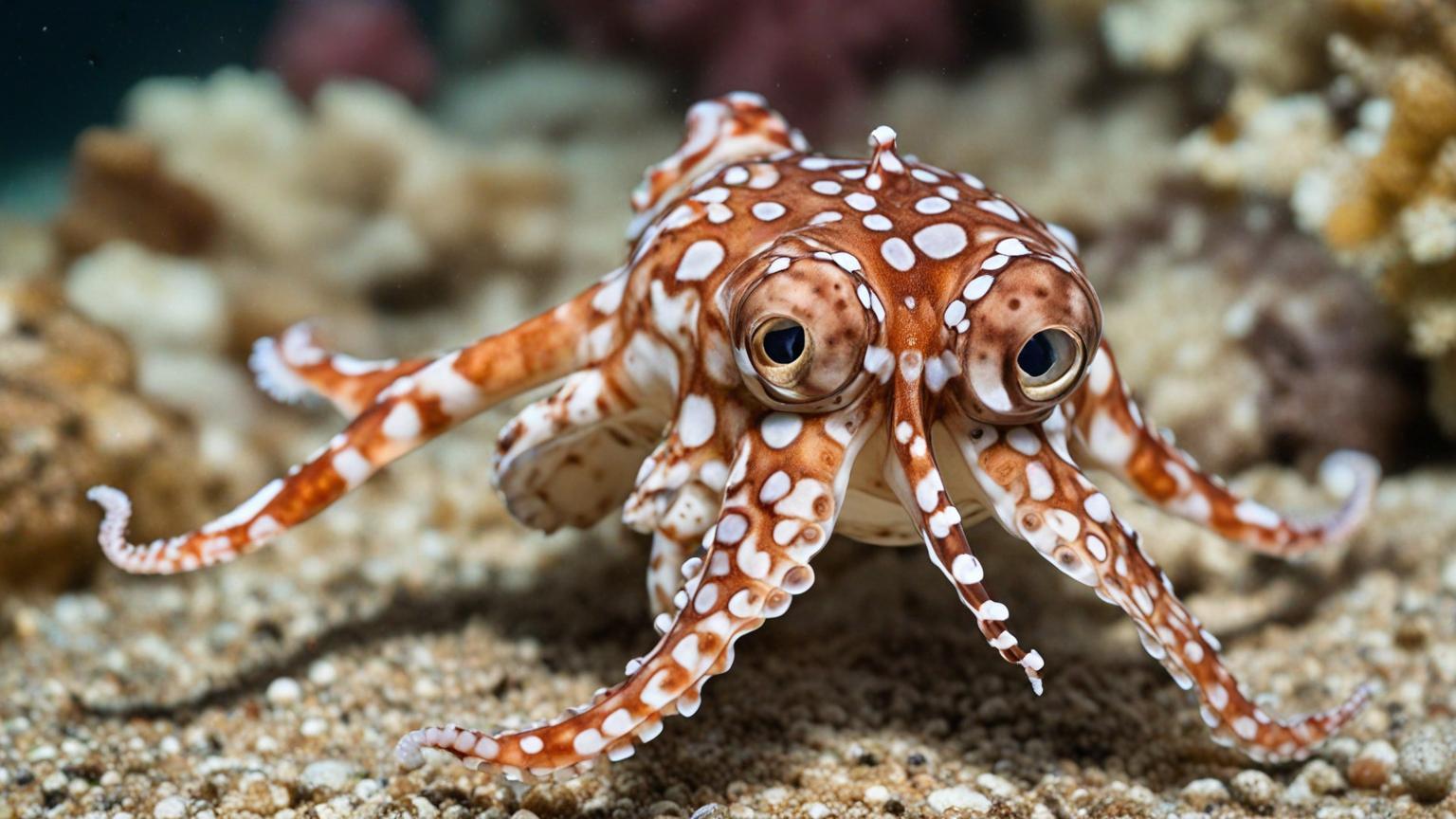In the vast realm of the animal kingdom, intriguing and mystifying behaviors abound, often leaving us and scientists alike, puzzled and amazed. While many aspects of animal behavior are well-documented, there are always new discoveries that pique our curiosity and expand our understanding of nature.
Consider the case of the mimic octopus, a curious cephalopod residing in the Indo-Pacific. This remarkable creature takes camouflage to an entirely new level. Unlike its camouflaging counterparts who blend into the backdrop, the mimic octopus impersonates other marine animals. It can transform its shape and behavior to resemble more dangerous species, such as lionfish, flatfish, or even sea snakes. This deceptive masquerade offers protection from predators, showcasing nature's ingenuity.
Then, there are the ever-enigmatic bowerbirds of Australia and New Guinea. Known for their elaborate courtship displays, male bowerbirds build ornate structures called bowers, decorated with a breathtaking assortment of stones, shells, and even bits of colored plastic. This architectural prowess is a testament to their intentions of wooing females, acting as both a creative expression and an evolutionary advantage.
In another corner of the wildlife cosmos, we find the fairy-wrens of Australia with their peculiar social structure. These birds engage in a fascinating behavior known as cooperative breeding. Offspring, instead of dispersing to breed, stay behind to assist their parents in raising new broods. This strategy bolsters group survival and reveals the sometimes-unspoken sacrifices animals make for familial success.
Moving from trees to treetops, let's take a detour to the mysterious realm of sloths. Known for their languid movements and seemingly idle lifestyle, sloths are surprisingly adept swimmers. Although their terrestrial movement is painstakingly slow, they are surprisingly quick in water. Swimming offers an escape route from predators and an efficient way of traversing distances that would otherwise take much longer to cross.
Lastly, the cuttlefish, with its cephalopod relatives, astounds with its remarkable intelligence and problem-solving abilities. Known for their dynamic color-changing skin, cuttlefish use this ability for communication, predator avoidance, and even sophisticated hunting techniques. Recent studies have shown these creatures can learn from one another and solve complex puzzles, pushing the boundaries of what we understood about invertebrate intellect.
The wonders of the animal kingdom never cease to amaze. While scientists continue to study and learn more about these fascinating creatures and their behaviors, many mysteries remain. Each animal, from the depths of the sea to the arid deserts, has evolved unique adaptations for survival, driving us to question, explore, and ultimately marvel at the rich tapestry of life that surrounds us.
Unveiling the quirkiest animal behaviors that leave scientists baffled

